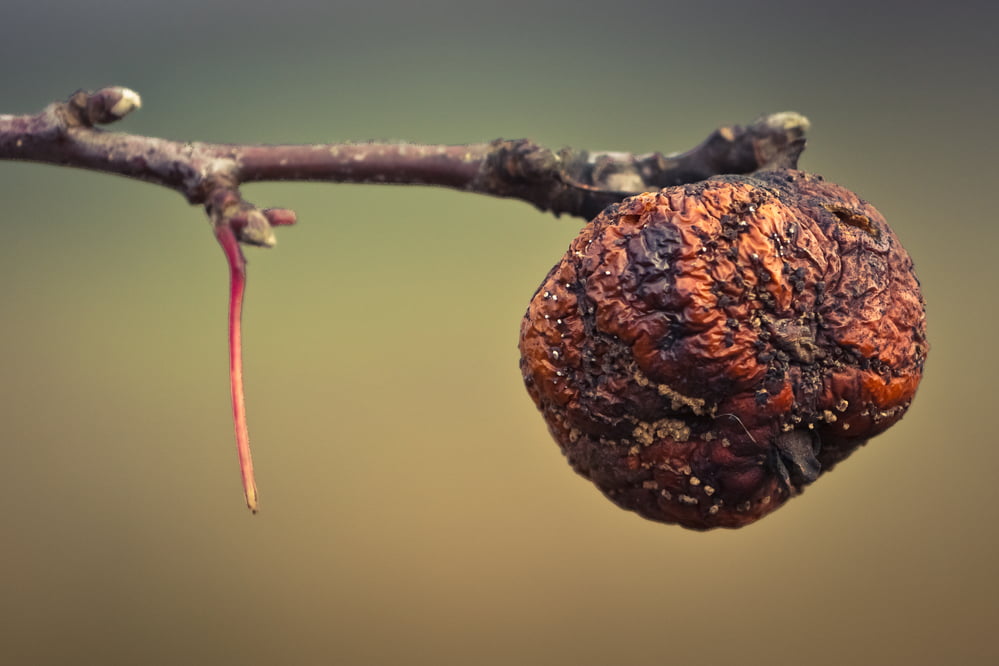If you have a diseased tree, the problem may be controlled with treatment. The best way to diagnose your tree’s condition is by having a qualified tree expert do an inspection. Just like with your own body, the earlier you catch a disease, the easier, faster and more affordable it is to treat it.
It’s a good idea to schedule a yard/tree inspection once a year (combine it with tree-trimming services, fertilization, or other necessities to get the healthiest yard possible). However, you may be able to spot some tell-tale signs of tree disease yourself.
Brown spot needle blight strikes pines, and the symptoms include yellow needles with brown trim, or needles with brown spots and yellow bands. This disease, which even can withstand winter temperatures, strikes younger trees more often. Eventually, it leads to needle death and a bald tree, so it’s often best to remove trees with this disease, but in some cases an expert can apply a fungal spray to stop the damage in its early stages.
Is Your Tree Healthy?
Needle cast can happen to any type of pine, though most victims are younger trees, and it’s common in the south. Needle cast causes lesions and spots of any shape, size or color on needles dropping prematurely in the spring. When new needles do form, they’ll be in bunches too close together. The fungus is spread during windy and wet weather, so removing these infected trees is pointless, since needles release spores before they fall to the ground. Fortunately, this disease isn’t dangerous (just ugly), so tree trimming is the best treatment.
Anthracnose impacts hardwoods, but symptoms show up differently on every species. Leaf lesions are a common symptom, usually starting in the spring as pale spots that turn yellow throughout the summer. Fortunately, just like needle cast, this fungal infection isn’t dangerous. However, it can be unappealing, which makes pruning the trees the best form of treatment.
Diseases to Watch
Powdery mildew is an infection caused by many types of fungi. Almost any leafy tree can play host, and symptoms usually start in early spring with small, round, powdery spots. Wind spreads this disease, so it’s impossible to ward off. Regular pruning helps, as does planting mildew-resistant species nearby, such as Appalachian joy and Appalachian blush dogwoods.
Fusiform rust attacks pines and oaks, and symptoms include galls forming on the trunk or larger branches. Spread by the wind, this disease causes symptoms in the spring. It can’t be prevented, but avoid fertilizing susceptible species, because that can feed the disease. Otherwise, pruning and planting resistant trees nearby is a wise tactic.
For all your tree disease control needs and more, contact Reliable Tree Care, and let the experts handle the infections.

